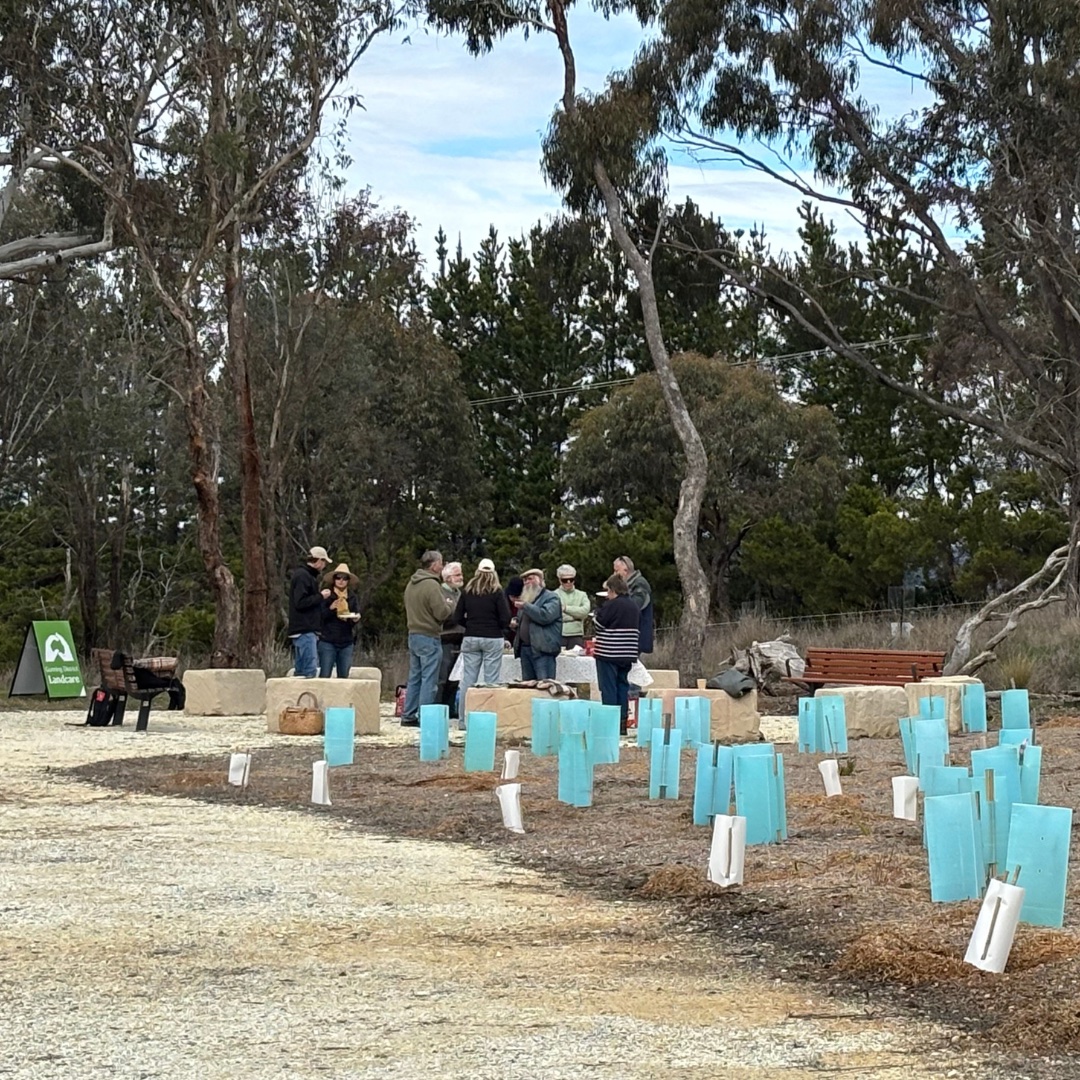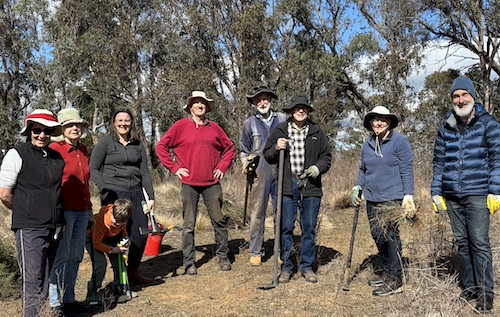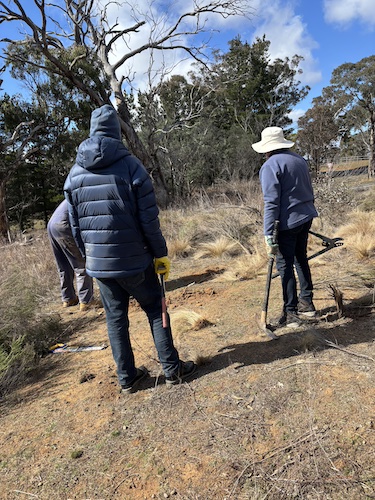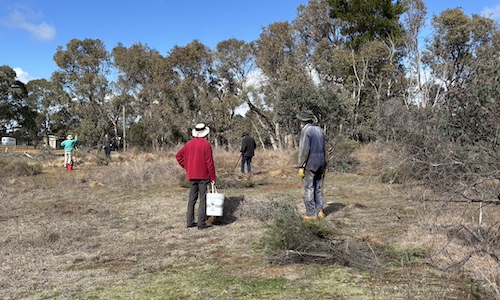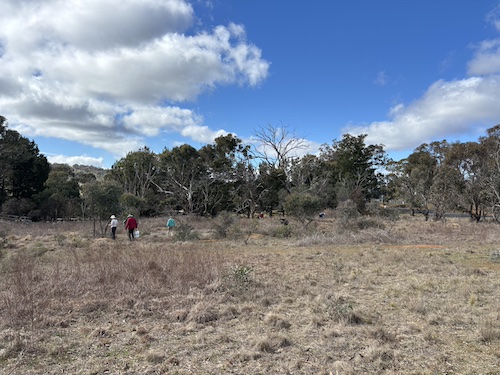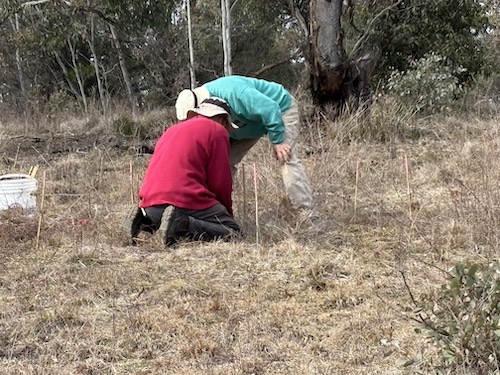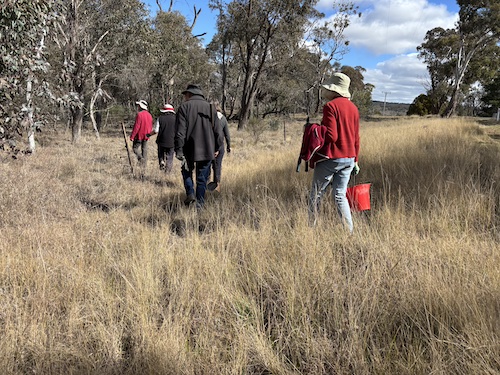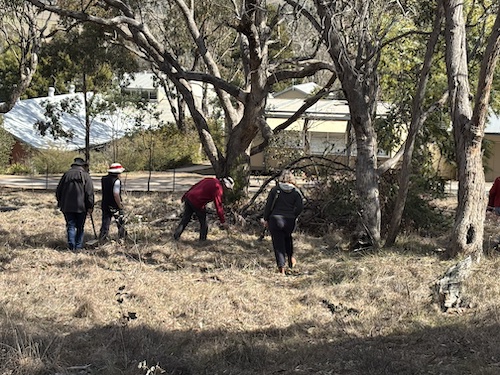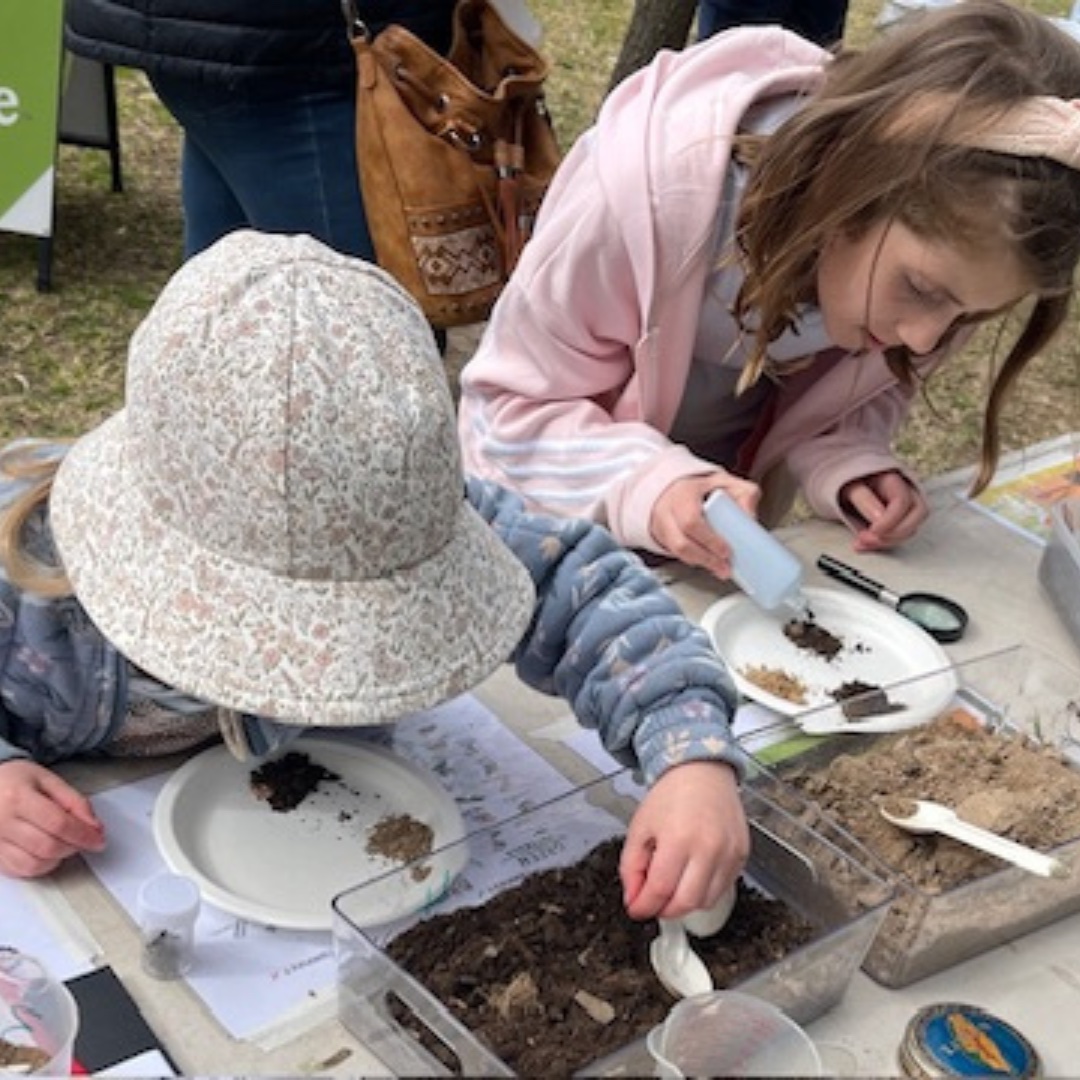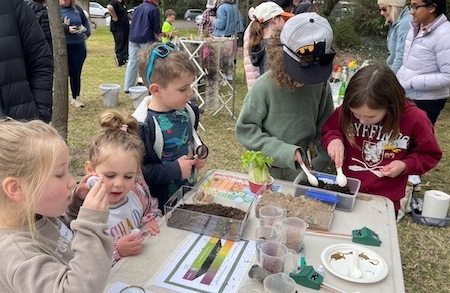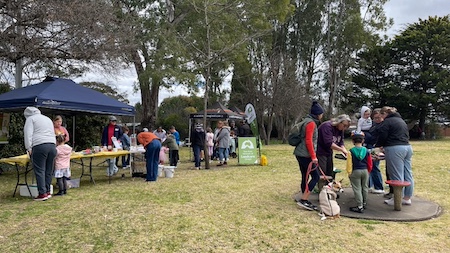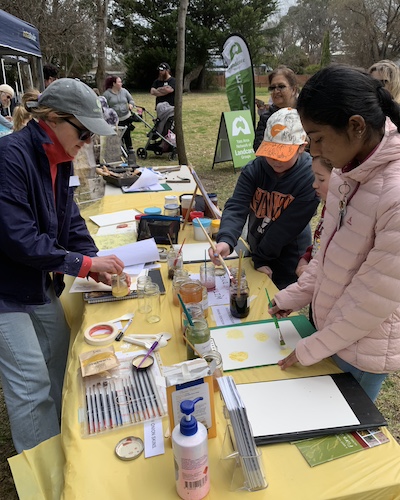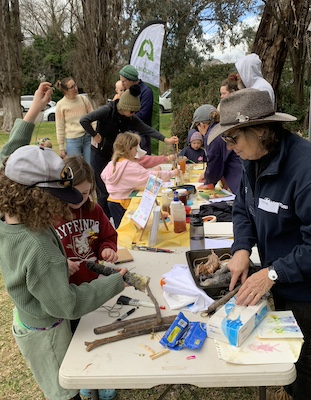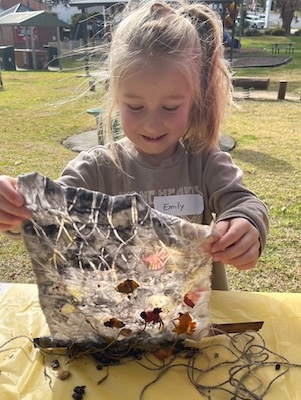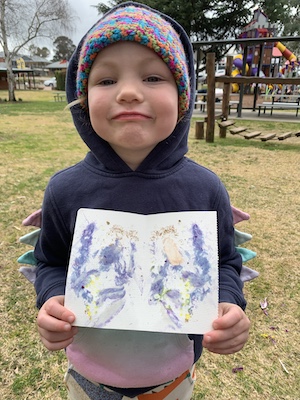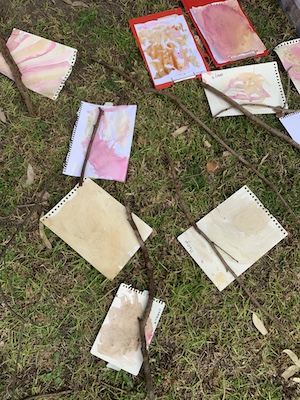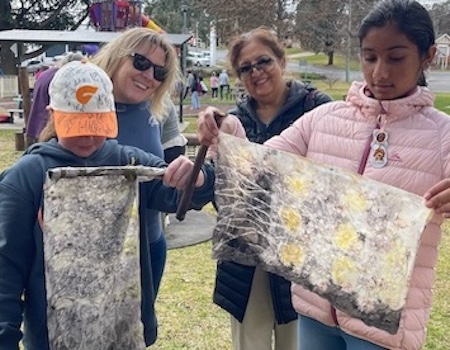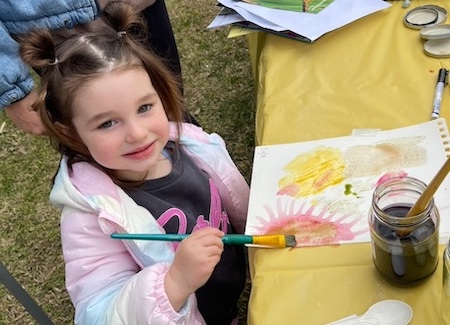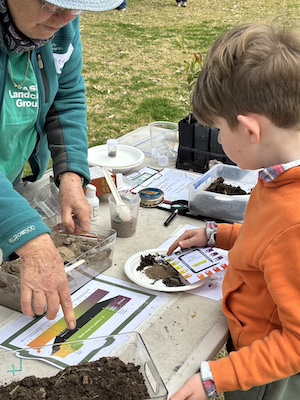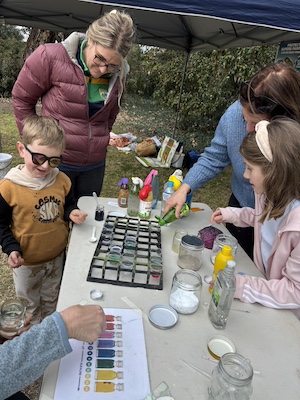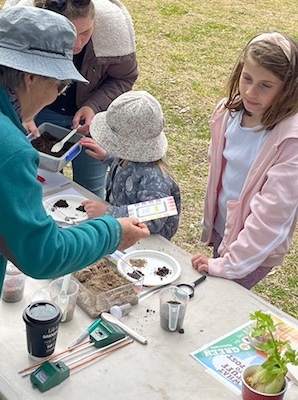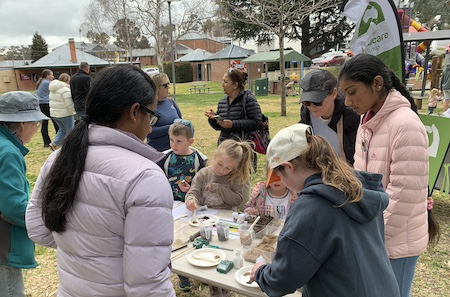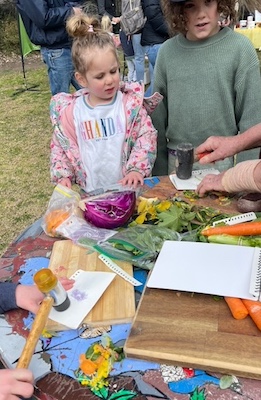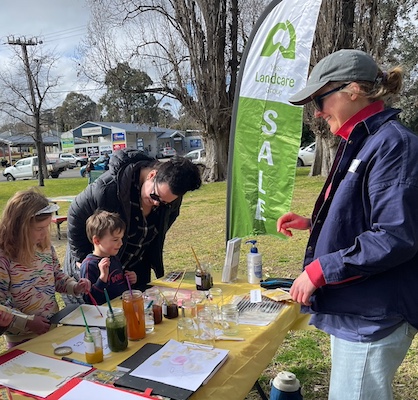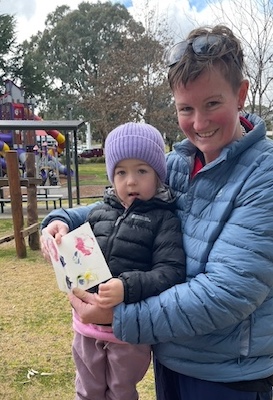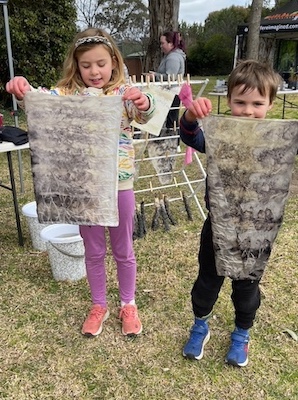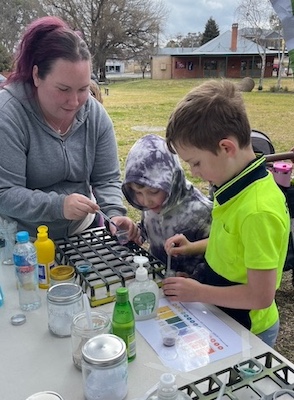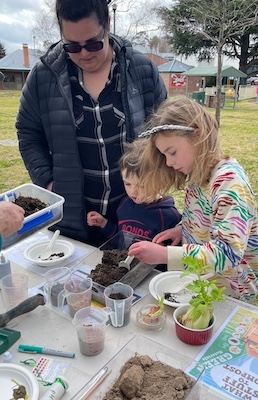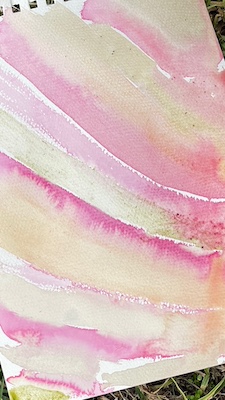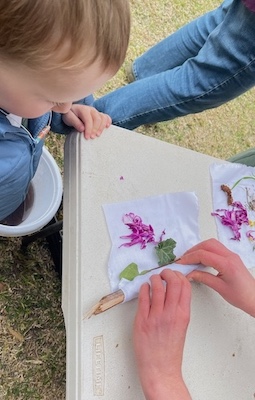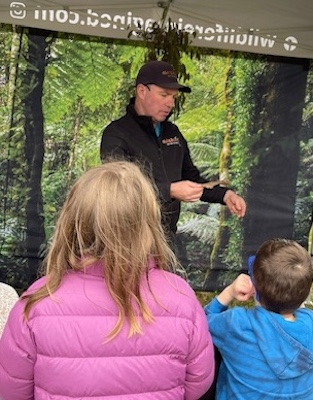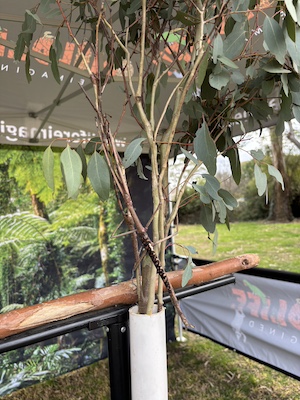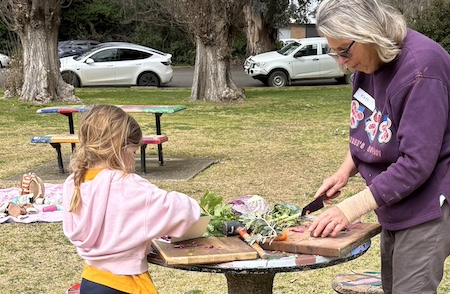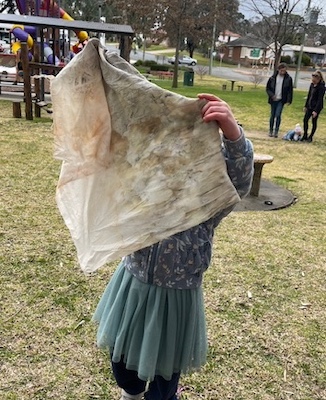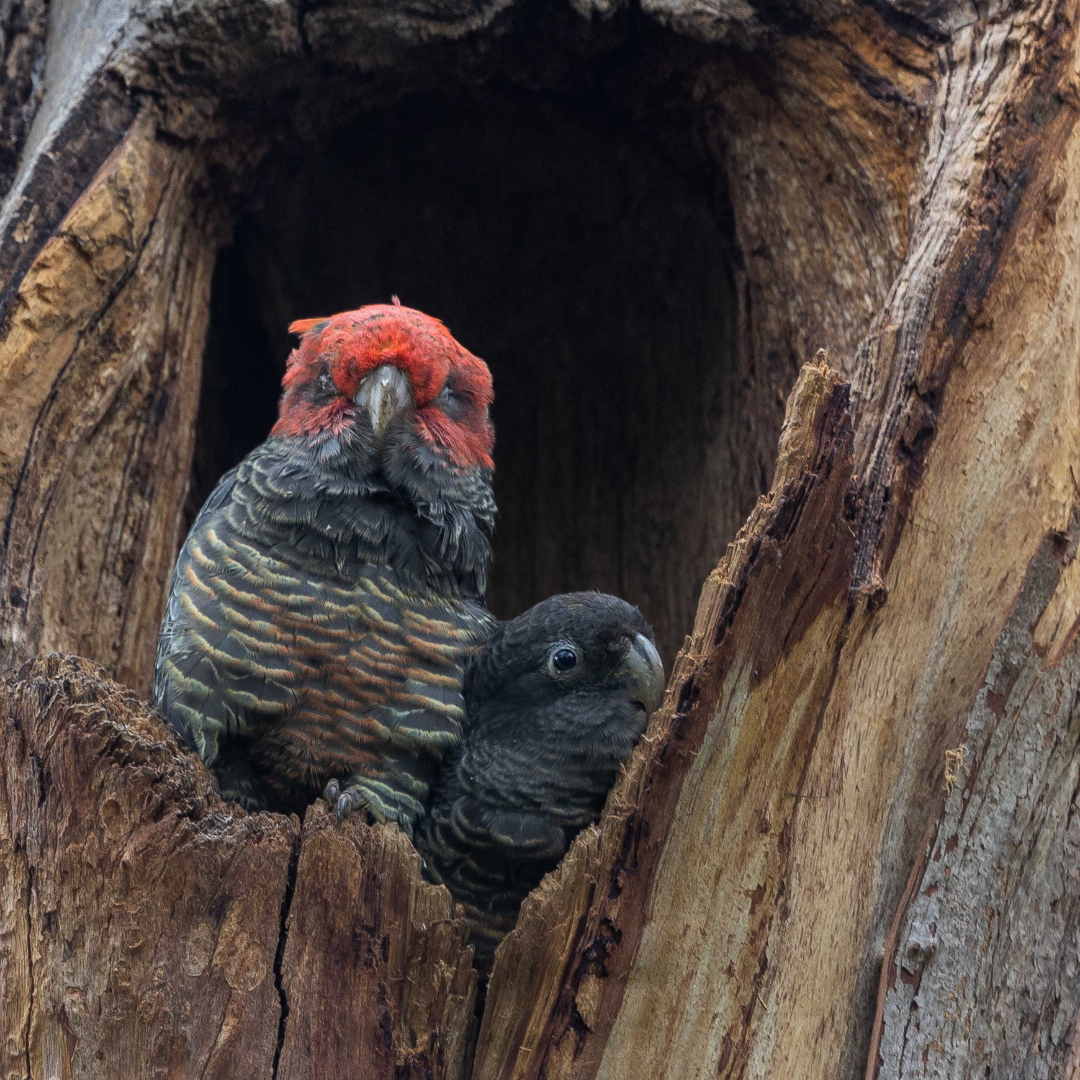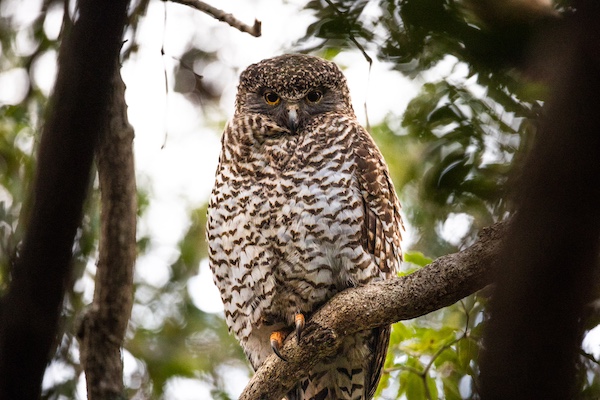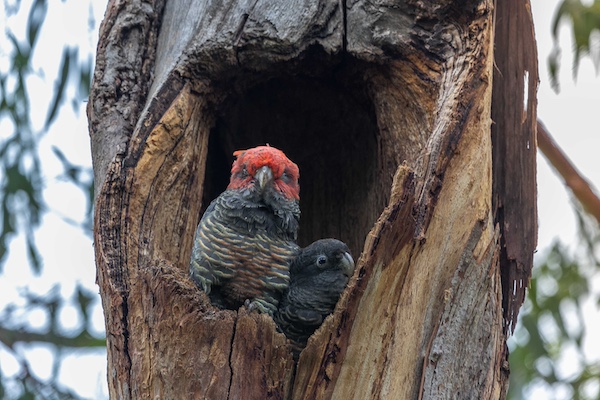On a mild winter’s day in mid-August, members of our YAN Landcare community gathered with other groups from our region at the Gunning Bush Block yarning circle for a Landcare Mini Muster. The relaxed atmosphere and surrounds encouraged open conversation, the day brought together a diverse mix of Landcarers from across the district and beyond.

Attendees included people with backgrounds in ecology, farming, governance, nurseries, mapping, grant writing, and community engagement — an impressive range of skills, experiences, and perspectives all in one place. What stood out most was the generosity of the group: each person arrived not only with their own “needs” but also with offers of knowledge and support to share.
Needs & Offers – Sharing Across Our Networks
The group explored the “Needs & Offers” framework, a simple but powerful way to connect skills and resources across our networks. Offers ranged from governance templates, nursery and propagation expertise, and experience with revegetation projects, to help with grant writing, GIS mapping, and ecology training. Needs included more opportunities for collaboration, tools for building regional calendars, and ways to engage the changing demographics of landholders in our region.
This open sharing reminded us just how much capacity already exists within our community — and how much stronger we are when we pool our knowledge.
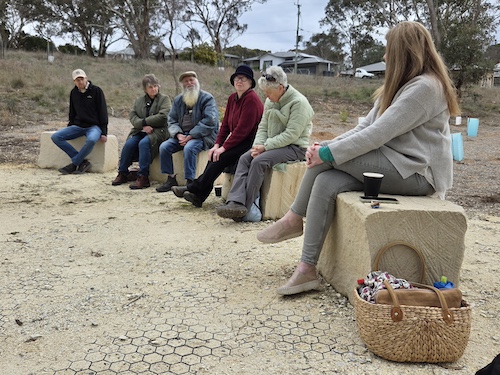
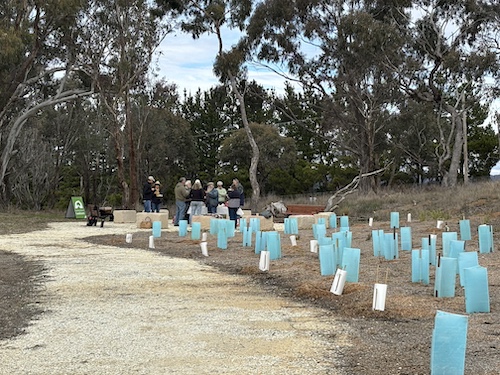
Topics Around the Circle
The discussion was wide-ranging and lively, covering some of the questions facing Landcare across the region:
- Webinars vs. face-to-face: While many valued in-person gatherings for building trust and relationships, others noted the accessibility of webinars, especially for those who can’t travel. A blended approach may be the key to reaching more people.
- Changing demographics: Shifts in land ownership, with more lifestyle blocks and new residents, were seen as both a challenge and an opportunity. There is real potential to bring newcomers into Landcare through training in property planning, soils, water, and native vegetation.
- Breaking down borders: Many noted that while Landcare groups often work within their own bubbles, the greatest opportunities lie in stepping across boundaries — whether district lines or cultural ones. More united regional projects can increase impact and strengthen our collective voice.
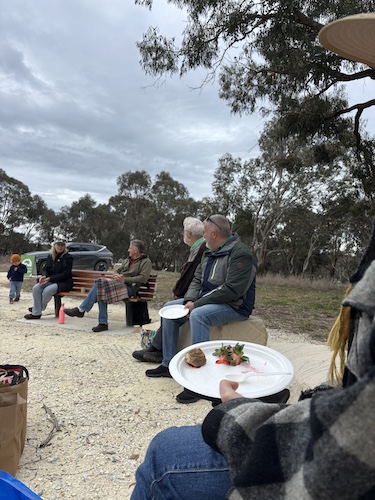
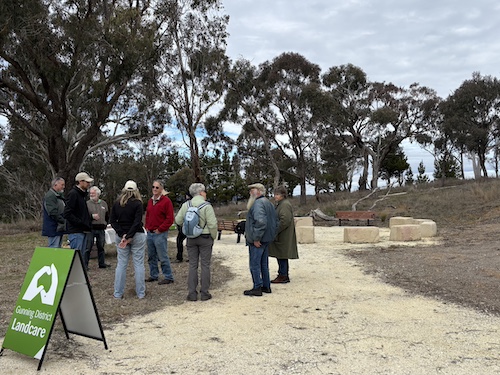
A Day of Connection
Perhaps the greatest takeaway from the day was the reassurance that we are not alone in the challenges we face. Whether it’s adapting to demographic change, navigating funding shifts, or simply finding the time to do the work, the Landcare community is full of people willing to help and share.
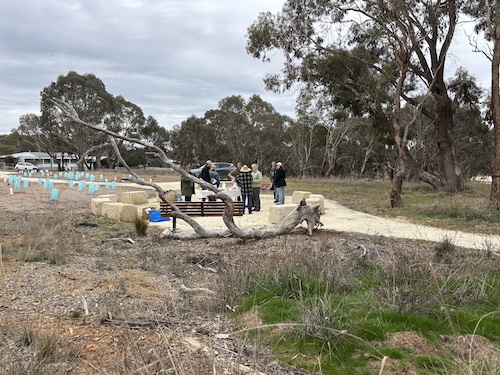

Participants valued the size and format of the Mini Muster, which allowed space for meaningful conversation. There was plenty of laughter, ideas exchanged, and gratitude expressed to Gunning District Landcare for hosting such a thoughtful and welcoming day.
As one participant noted, it is in gatherings like this — small enough for real connection but broad enough to bring in many voices — that Landcare’s true strength shines.
We look forward to future musters, more sharing, and perhaps even sandstone “warmers” for the yarning circle next time around.
Written by Sarah McGrath, YAN Local Coordinator


